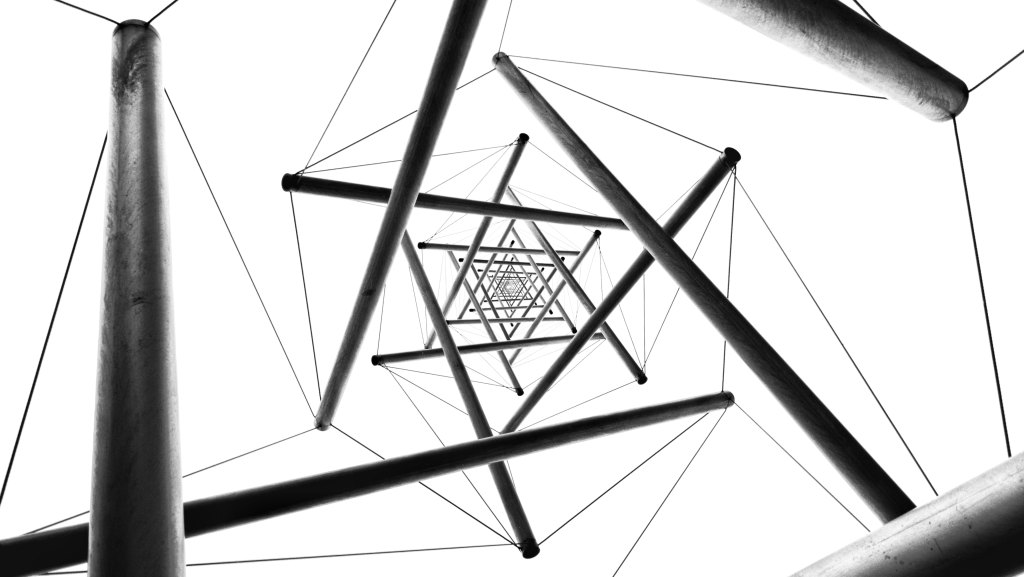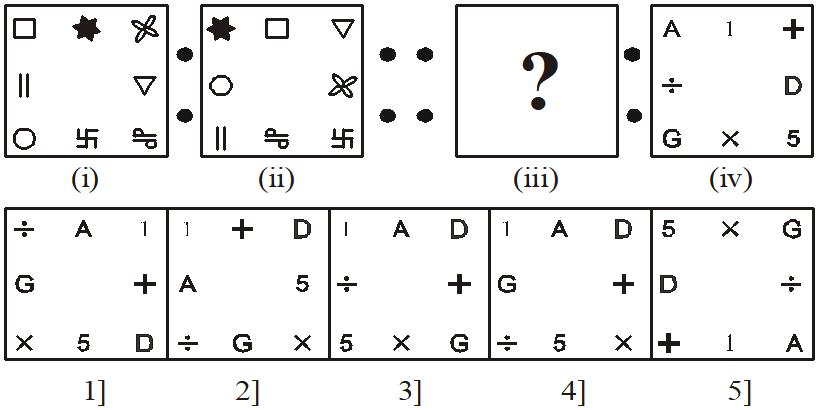
In this article, I will cover the concepts and techniques that students need to be aware of while preparing for the abstract reasoning section of the CET. The Abstract reasoning or the visual reasoning section is of 25 marks out of 200 and is one of the easier sections of the test.
Some advantages of this section:
- All the students start with the same information/knowledge about the question unlike Quant or Verbal where you can’t answer a question if you don’t know a particular formula or a grammar rule.
- Most of the times, the answer can be obtained by concentrating on a few elements of the image and through option elimination.
- Even with limited exposure, students can potentially hit very good score and accuracy in this section.
Some disadvantages of this section:
- Certain question types are extremely time consuming (for example, six faces of the cube are presented and one is supposed to figure out which of the options can be correctly constructed.
- One might think in a particular direction for a long time and check for individual objects within a figure, but the logic is something entirely different or located in the objects that you haven’t checked yet
- For some students, visualizing figures or rotations in a 2-d setting is difficult and irritating.
With these in mind, let’s understand what kind of logic(s) do students typically come across in these questions.
- Increase / decrease in number of entities
- Rotation (clockwise/ anticlockwise)
- Rotation of objects at specific positions and at specific angles
- Shaded / non-shaded regions / no. of fragments
- Positional changes
- Change in size of objects
- Mirror image / water image / symmetry
- Directional changes (North-South-East-West)
- Addition / Deletion from a specific position or of a specific entity
- Alternate figures have the same logic
- Different figures or numbers used as objects (counting related)
- Flipping of objects
- Removal and Replacement from a source to a destination
Though this list is not exhaustive, it’s fairly indicative of what can be asked and covers nearly 80-90% of the questions. The specific question types on cubes, paper folding and cutting, and constructing figures from components or deconstructing figures into components have specific approaches and are different from the list mentioned above which largely focuses on series, odd man out, analogy, and similar/dissimilar pair questions.
Let’s understand the process to reach the answer in a quick manner. Consider the following series based question.

The first thing that one can spot here is the orientation of S. In alternate figures, S is correctly written. In the place of question mark, we should have S in the correct form. That leaves us with option 1/3/5. If I focus on the shaded triangle now, the movement is clock-wise 90-45-90 which should be 45 in the next. That gives us a right pointing triangle which is option 5. At this stage, it would be wise to go with option 5 and not think of what’s happening to the other triangle.
We’ll look at one more series question. Try this:

If I focus on the two central objects, what we see is = = , black circle-black circle, which should be followed by = =, and @ post that to match with the next @ in sequence. That’s happening in only one option which leads you to the answer in the shortest possible time. The rest of the objects are of no concern once you’re able to establish a fairly convincing logic.
Moving on to the next example. Consider this odd figure question:

In this question, picking up an element and identifying the change is the best approach. In every figure, we have mirror images of the objects on the left side. In case of option 4, instead of getting a mirror image of U, we have a water image. Clearly, that’s the odd figure from the given set.
In case of odd in series type, the general tendency is to assume the first and the last option to be correct as they’re right next to or prior to the correct figures presented in the question. However, there is a fair chance that option 1 or option 5 is the answer. Let’s look at a question.

In this case, from problem figure to option A, we find cross-wise movement of = and C. This happens in option B and C, and D and E as well. Between option A and B, we have two new elements. Between B and C, we have one new element. Between C and D, we have one new element. So there is something fishy about movement from A to B. As Problem figure and A have one new element, A is the correct figure. Changing figure B here will fix this series, making B the odd figure in series.
Let’s look at a question based on analogy.

In this case, as we need to find the third image, I will try to establish the logic between second and the first figure and then apply it on the fourth figure to get the third. I see the Swastika sign interchanging its position with the next object. The same thing will happen to X and 5, giving us 5 and X as the pattern in the final answer. Hence, option 4 is the right answer.
It is possible for two students to arrive at the same answer in two or more different ways in these kind of questions. The idea is to find the logic as early as possible and extend it to the images in the question and look for patterns or inconsistencies.
The key to get better at Abstract/Visual reasoning is to practice regularly and note down anything new that you come across. Build a repository of such logic(s) and revisit often. Overall exposure of 1000 questions is generally good enough for this section. Nearly 50% of that will come from the mocks, and the remaining from class modules and the BRM (Basic Reference Material). Don’t forget to time yourself whether you’re solving questions offline or online. Think about the fastest possible way to identify the correct answer, take a few calculated risks, and maintain both speed and accuracy. When it comes to the section during a mock or the actual test, spend anywhere between 15 to 25 minutes on this section. If you go too fast, you jeopardize your accuracy. If you go too slow, you compromise on other sections.
I hope this helps. Do let me know if you want me to cover a specific question type in depth and I’ll try to do it in my future posts. If there are any queries, please leave them in the comments below and allow me a few days to get back. Share this with your friends and co-aspirants. Happy prepping! 🙂

I like this concept
LikeLike
Thank you, Pankaj! Glad you liked the post 🙂
LikeLiked by 1 person
Sir your posts are really insightful.
Can you make a post on how to solve ‘Not type’ puzzles.
For eg: A does not sit next to B and C, C is not immediate neighbor D and F
LikeLike
Thanks for the feedback. I will definitely address this through a post soon.
LikeLike
sir please give some shortcut tricks for cet paper
LikeLike
Hi Khushboo! Sure. I will cover this.
LikeLike
Hi Sir,
Awesome Post.Please make a post on time management in CET and how to select or skip a question or puzzle/DI.
LikeLike
Thanks for the feedback, Saif! Sure. I will address this through my posts.
LikeLike
Can you please make a post on how to solve Analogy questions and any other tips or tricks for Abstract Reasoning.
LikeLike
Hi. Please refer to our videos on the YouTube channel – https://youtu.be/VumweUblOiE
LikeLike
Hi Sir ,I Loved your posts Can you make a video about tackling Input Output questions and knowing which puzzle to solve first
LikeLike
Thanks, Pratikshit! I will cover input output through a post. Regarding puzzles, I will write something on the general strategy for LR section.
LikeLike
Could you please elaborate on the VA section of CET as this section brings surprises every time with different directions to every question.
Also please write a detailed article on how to attempt and strategize the 2.5hrs mock wrt all sections.
LikeLike
Please make a post shortcuts and time management in cet
LikeLike
Hi Shivani! Sure. I will cover it through my future posts.
LikeLike
Hi! I will cover the VA section through a post soon. I’ve covered the strategy aspect through a post here: https://crackingcet.com/2020/01/05/simcet-strategy/
LikeLike